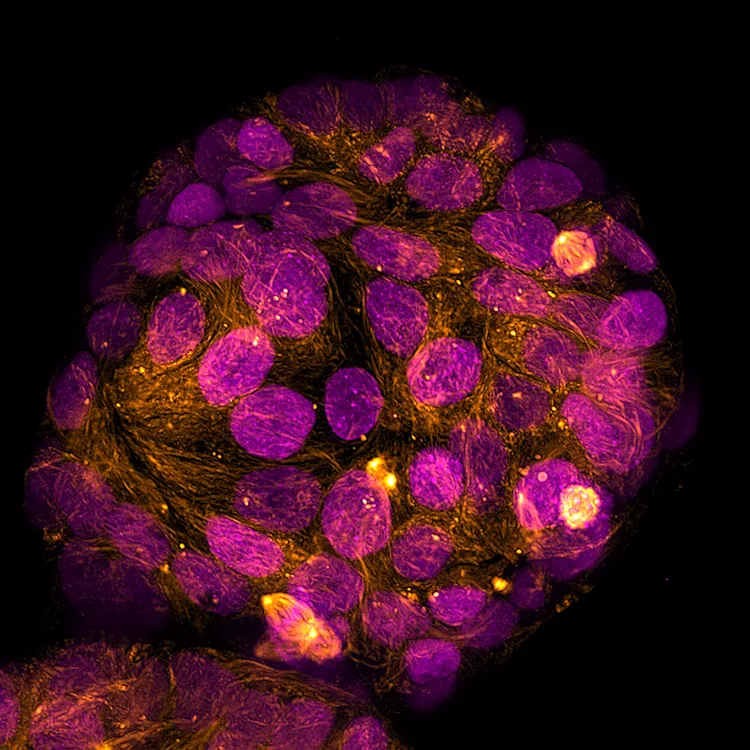Stem cells have two properties that distinguish them from most cells:
- Ability to self-renew: Stem cells can divide and create a copy of themselves. This copy can then go on to differentiate and specialize into a specific cell type, while the original parent stem cell remains undifferentiated and capable of further self-renewal.
- Ability to differentiate: In biology, a differentiated cell is one that has become a single specific cell type with a specific function. These cells are committed to being this type of cell, whereas stem cells have the ability to generate multiple cell types.
Broadly, stem cells are building blocks that the body can continue to use to repair itself even after normal fetal development has finished. This is why the discovery of these cells was exciting: if the body can use these cells to generate new ones, perhaps scientists can harness this ability to regenerate damaged tissues, such as the liver, heart, and cartilage. There are now many active sub-fields of research within the broader stem cell field, investigating many scientific questions.


